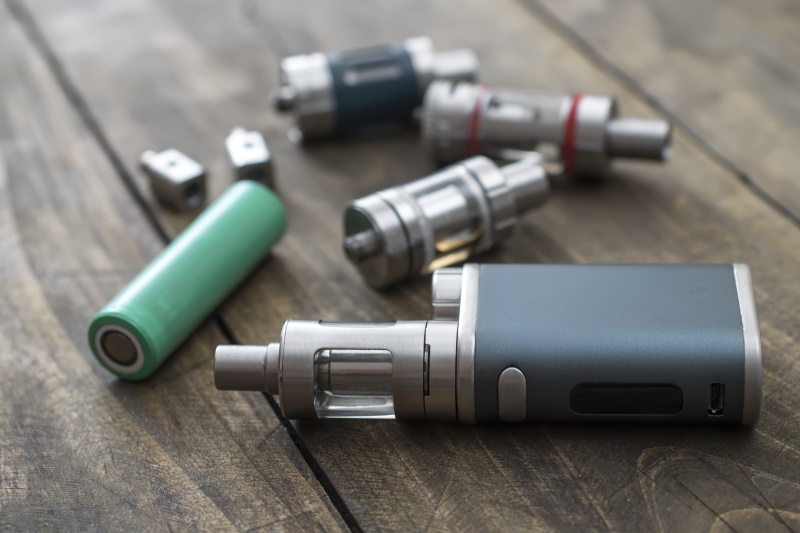Science
Study Reveals Design of Vaping Devices Aids Normalisation Among Youth

Research conducted by Dr. Robin Quigg from the University of Otago highlights how the design of vaping devices contributes to their widespread acceptance among young people in Aotearoa, New Zealand. The study focused on the vaping habits of young Māori, revealing that more than half of participants aged between 18 and 26 had never smoked traditional cigarettes but currently use or have used vaping products.
Dr. Quigg’s investigation involved seven whakarōpū, or collective groups, and was framed within a kaupapa Māori context. The findings indicate that the discreet nature of vaping devices encourages usage in various settings, including places where smoking is prohibited. “It was normalised to vape anywhere,” Dr. Quigg stated, noting that participants reported instances of vaping in public buildings like libraries, club rooms, and lecture theatres.
The research underscores a concerning trend where vaping is often seen as acceptable, even in sacred spaces. One participant recounted witnessing individuals vaping at the marae and urupā, emphasizing that such actions contradict traditional tikanga, or customs. Despite many marae establishing designated vaping areas, some remain strictly smokefree, yet enforcement appears inconsistent.
Dr. Quigg pointed out that current regulations do not adequately address the evolving landscape of nicotine products. “There is a need for urgent and targeted regulatory action regarding vaping devices,” she said. Her call for change includes stricter guidelines on device design, advocating for larger sizes and less appealing flavours to diminish concealability.
The implications of these findings are significant. Participants expressed a belief that the ability to hide vaping devices encourages ongoing use and potential addiction to nicotine. Dr. Quigg’s recommendations aim to enhance the integrity of indoor environments, such as libraries and educational institutions, as well as outdoor areas designated as smokefree.
“Stricter regulation on vaping devices alone will not adequately protect young people,” she cautioned. Instead, Dr. Quigg emphasised the necessity for broader measures to reduce the allure of vaping among youth.
As vaping becomes increasingly integrated into social settings, the need for effective policies that balance individual freedoms with public health concerns remains critical. Dr. Quigg’s research shines a light on the urgent need for action in order to safeguard the wellbeing of future generations.
-

 World4 months ago
World4 months agoTest Your Knowledge: Take the Herald’s Afternoon Quiz Today
-

 Sports4 months ago
Sports4 months agoPM Faces Backlash from Fans During Netball Trophy Ceremony
-

 Lifestyle4 months ago
Lifestyle4 months agoDunedin Designers Win Top Award at Hokonui Fashion Event
-

 Entertainment4 months ago
Entertainment4 months agoExperience the Excitement of ‘Chief of War’ in Oʻahu
-

 Sports4 months ago
Sports4 months agoLiam Lawson Launches New Era for Racing Bulls with Strong Start
-

 World5 months ago
World5 months agoCoalition Forms to Preserve Māori Wards in Hawke’s Bay
-

 Health4 months ago
Health4 months agoWalking Faster Offers Major Health Benefits for Older Adults
-

 Lifestyle4 months ago
Lifestyle4 months agoDisney Fan Reveals Dress Code Tips for Park Visitors
-

 Politics4 months ago
Politics4 months agoScots Rally with Humor and Music to Protest Trump’s Visit
-

 Top Stories5 months ago
Top Stories5 months agoUK and India Finalize Trade Deal to Boost Economic Ties
-

 Health2 months ago
Health2 months agoRadio Host Jay-Jay Feeney’s Partner Secures Visa to Stay in NZ
-

 World5 months ago
World5 months agoHuntly Begins Water Pipe Flushing to Resolve Brown Water Issue









